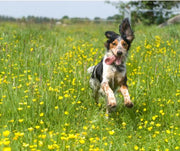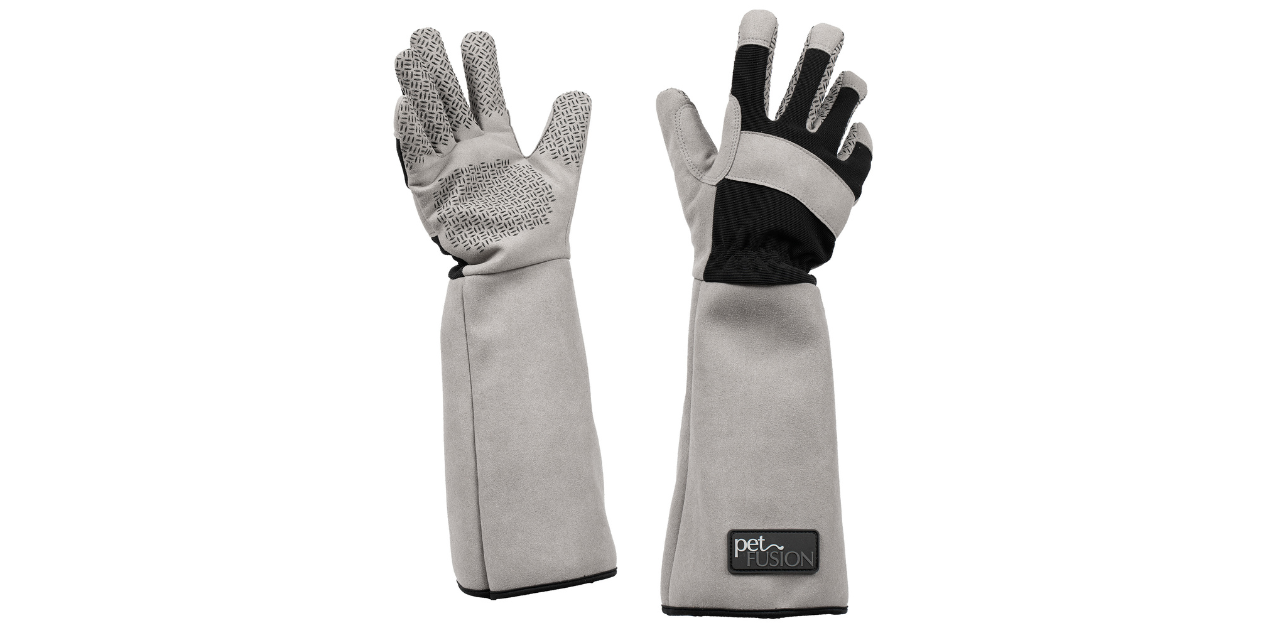How You and Your Dog Will Get a Good Night's Sleep

There is no denying that dogs are loyal creatures. However, their need for attention sometimes can stem into the night, which can be not particularly helpful to your sleeping pattern. We have all been told a good night's sleep can be difficult enough without the constant sound of your dog crying into the early hours. So, for a quiet night, here are a couple tips and tricks you can try to help your dog sleep.
1. Set up a routine: Keeping things consistent day-to-day helps your dog recognize when it's time for bed. Take them on a walk around the same time every day, preferably before and after you go to work. This also applies to mealtime as feeding your dog a few hours before bed will help him or her digest the food comfortably. You may want to use an automated feeder on a timer to ensure food is presented on a consistent basis. While it may be a bit more difficult to get timings right on the weekends, try and stick to your routine as best as possible.
2. Give your pup plenty of exercise: Like tiring out children with lots of energy, exercising your dog throughout the day can lead to a night of uninterrupted sleep for both of you. Depending on the breed and size, your dog should spend a minimum of half an hour to 2 hours a day exercising and playing with dog toys. In general, the bigger the dog, the more exercise they will need. A long walk a couple of hours before bedtime is a perfect way to ensure a good night's sleep for both of you. If your dog is still unruly, getting an exercise pen is an easy and safe option to contain your dog at night.
3. Do not share your bed: Similar to being consistent with mealtime, it's helpful for your dog to go to the same bed every night so that your pup can recognize when it's time to sleep. As tempting as it may be to take your dog to bed with you, sharing your bed with your pet can hurt your sleep quality. Some studies show that 63% of pet owners who share their bed with their four-legged friend experience poor sleep. Beyond the obvious sleep disruptions through movement and possible barking, sharing your bed with your dog may increase the risk of skin infections. Your tossing and turning may also interrupt your dog from getting a good night's sleep.
4. Look at your dog's sleeping environment: As well as ensuring they're not snoozing in your bed, it's helpful to make sure they've got a comfortable place to sleep, and that it isn't too cold. A good-quality dog bed accompanied by a warm dog blanket will help your dog fall asleep quickly. A dog bed lounger is a great choice bed type to choose. Loungers provide firm or plush support to keep your pup feeling well-rested. Each heavenly bed is suited for snuggle-loving dogs of any size. Machine washable designs make cleaning a breeze, sending dirt and dander down the drain instead of throughout the house. For more support and comfort, orthopedic dog beds are a great option. They are designed to evenly distribute your pet's weight as they rest and provide the maximum support for your dog's body. There are several available options when it comes to finding the right dog bed for your dog.
There are several available options when it comes to finding the right dog bed for your dog. Making it comfortable for them will go a long way in helping you both get a good night's rest.
5. Check out medical conditions: If your dog is still struggling to snooze, it might be worth considering any underlying medical conditions. This might be the case if you have an older dog that hasn't usually had problems with sleeping. Take your dog to the vet and discuss any changes in their behavior, appetite, movement, and sleeping patterns. Some medications may be needed in order to help your dog sleep.
Sources:
Previous article

Next article

Related posts
View all-

Top 5 Chuckit! Toys to Maximize Fetch Time with Your Dog
Fetch is more than just tossing a ball, it's a way to bond, get exercise, and enrich your dog's life. Active dogs, especially breeds with boundless energy, thrive on movement.
Read Article -

Plastic vs. Metal Crates: Which One Is Right for Your Pet?
Whether you're training a new puppy, traveling across the country, or simply offering your pet a quiet space to rest, a crate can be one of the most useful tools for responsible pet ownership. But with so many options available, choosing between a plastic or metal crate can feel overwhelming.
Read Article -

How to Reduce Shedding in Dogs
Dog shedding is a natural process, but it can be frustrating—especially when dog hair ends up on every piece of furniture you own. While you can't stop shedding completely, you can reduce it.
Read Article



